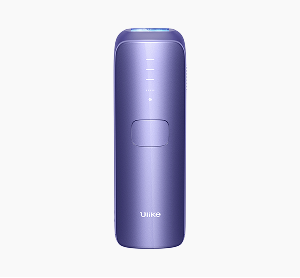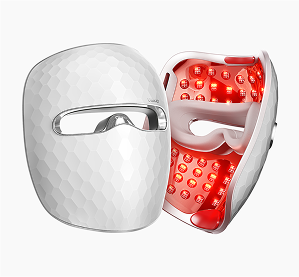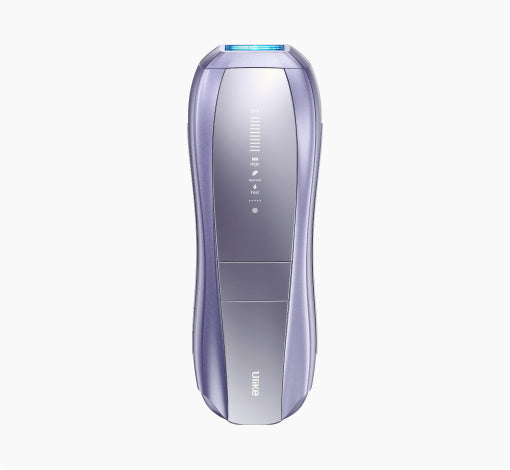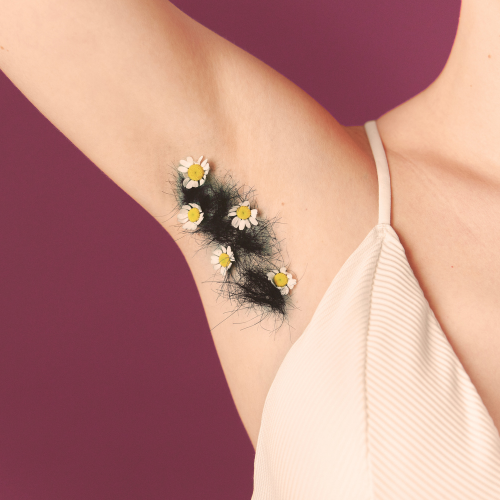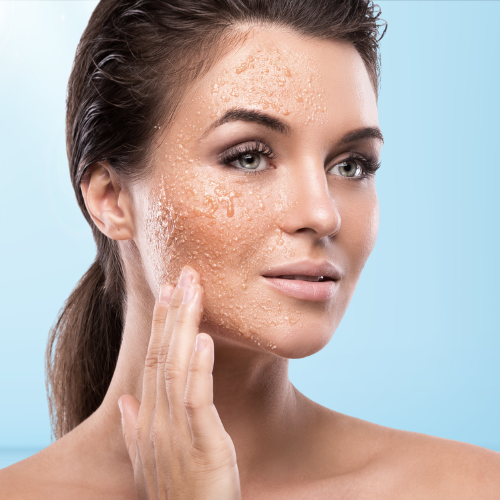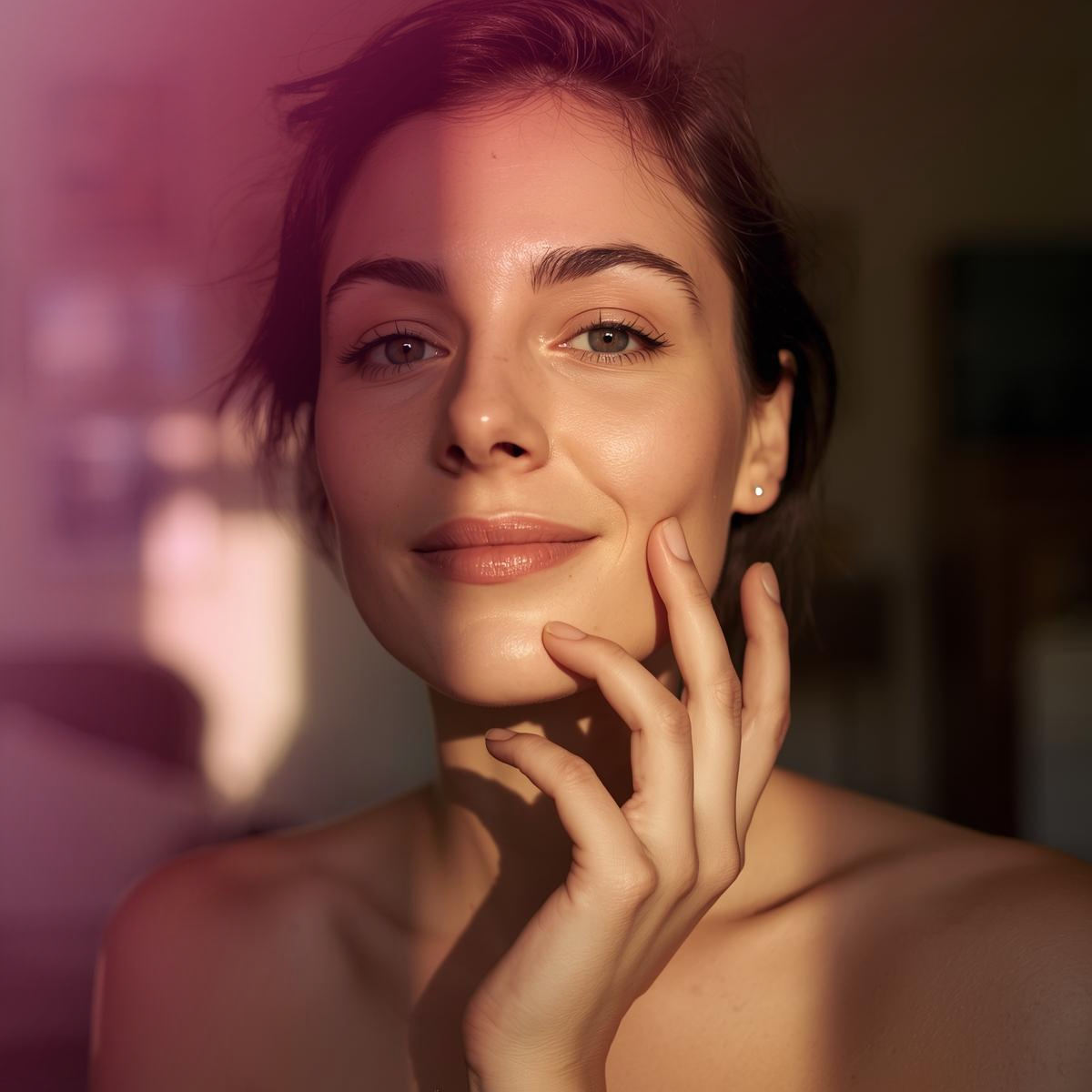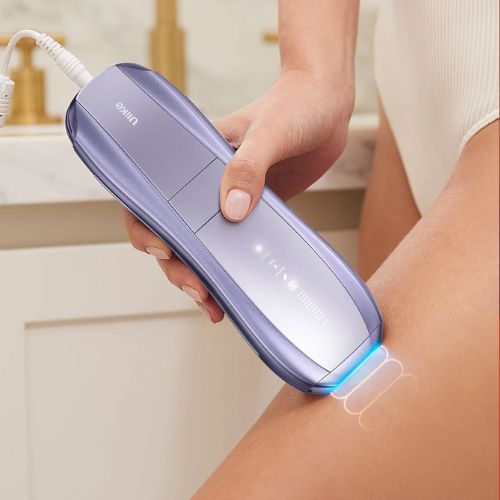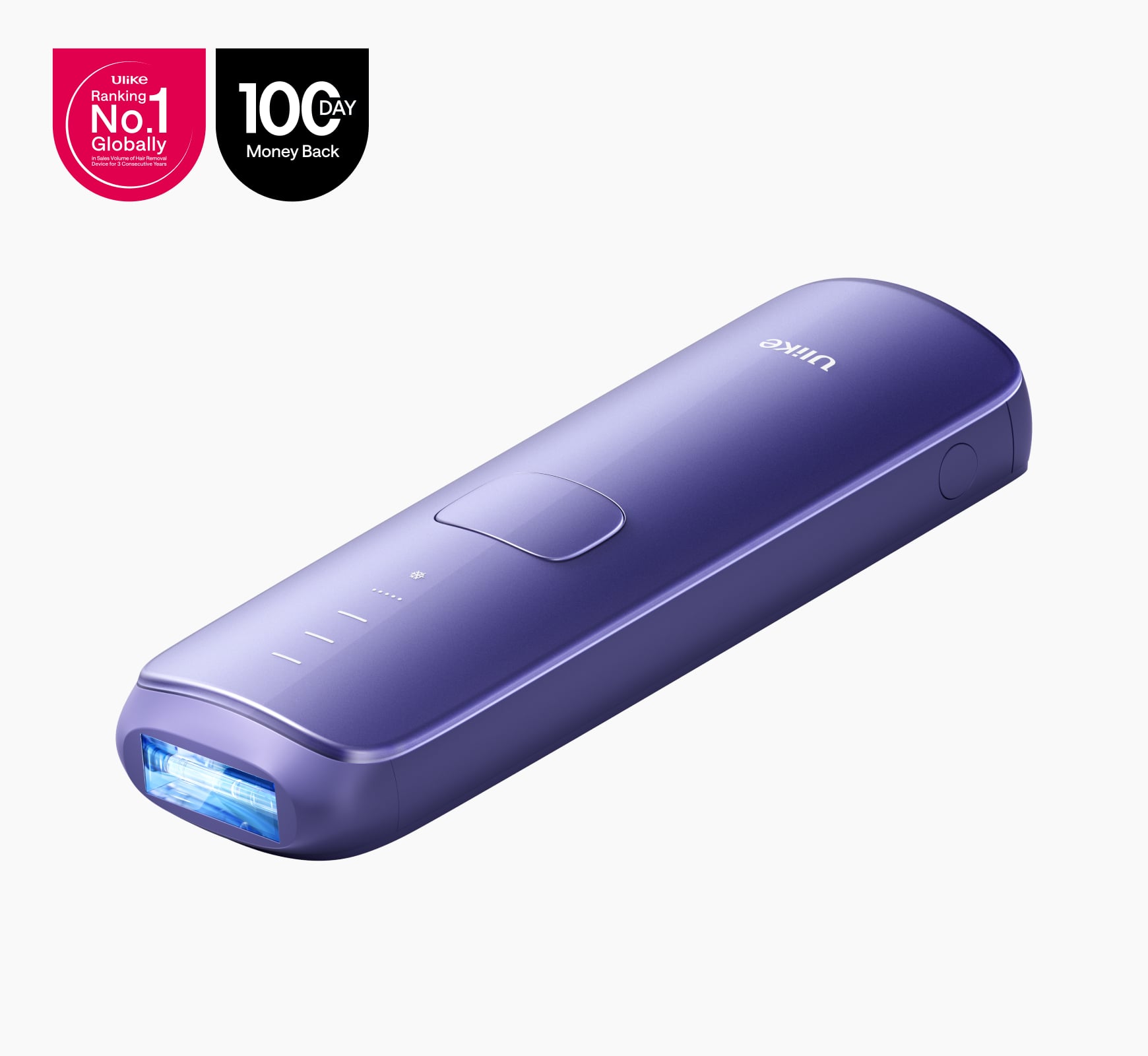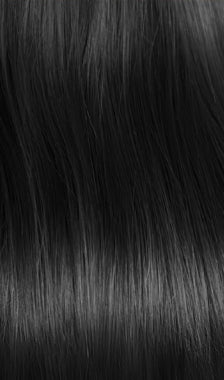
Why Upper Lip Hair Is So Common (and Nothing to Worry About)
Many people consider upper lip hair removal for years before ever feeling comfortable discussing it publicly. And for good reason: facial hair comes in all forms, from the faintest strands to the patch of fuzz you forgot to shave, and from the occasional dark hairs that seem to pop in out of nowhere to the ones that have always been there. The good thing is that this is such a common issue that almost every body has facial hair, just in different forms, and located. Well, just about everywhere too.
Visibly and distinctly darker hair can form due to all sorts of hormonal changes, such as puberty and menopause, pregnancy, as well as PCOS and general growth-slowing activities such as high stress. Genetics has a significant influence here, too. More mixed-heritage individuals, for example, usually have darker and more pronounced facial hair. As for what people want to have and keep, what is most easily and universally removable is the peach fuzz (the thinned-out soft hair above the upper lip), which is usually and naturally present.
A body has upper lip hair; some keep it, and some, thinned-out fuzz above the top lip, embrace keeping the hair. What usually matters most is what removal methods can safely accommodate different skin types and sensitivities, while offering appropriate long-term hair removal and hair reduction. Luckily, there are effective and genuinely safe options for hair removal available from all types of industry and service.
All the Main Upper Lip Hair Removal Options
It's not a one-size-fits-all. Upper lip hair removal is a personal choice. Some want a quick fix and other people want something longer-lasting so they do not think about the area for weeks. The good news is that the upper lip area responds well to a few different tricks. Each one has its own level of upkeep, and is more or less suitable depending on the skin and hair type.
What you see below is a simple overview of the primary methods. This will be a snapshot to help you see where each method sits on the matrix for speed, smoothness, and longevity. You will be offered the complete breakdown in the following sections.
Quick options (fast but temporary)
Facial trimmers
Dermaplaning tools
Shaving
Upper lip depilatory creams
These suit people who don’t mind regular upkeep and want something gentle or painless.
Medium-term smoothness (longer-lasting)
- Waxing
- Threading
- Epilators
These remove hair from the root, so the smooth finish lasts longer, but sensitivity varies from person to person.
Long-term reduction
- Laser hair removal
- At-home IPL
These approaches help in reducing regrowth over time and are ideal for anyone seeking a more permanent solution for reducing upper lip hair.
In the following sections, we will discuss each of the methods individually so you are aware of the pros and cons, and safety considerations, enabling you to determine what will work best for your skin.
Option 1: Upper Lip Depilatory Creams
For many trying upper lip hair removal, depilatory cream is a common go-to. You just put some on, let it sit, and wipe it off to remove hair. It's easy and painless, and great for anyone who just wants to get it done with.
These creams are best for light and medium hair and they're not great for a long-term solution since they don't get the hair from the root. However, they do serve a purpose for people looking for quick and easy grooming.
How long the results last
Most people stay smooth for 2–5 days, depending on their natural hair growth pattern.
Pros and Cons of Upper Lip Depilatory Creams
| Pros | Cons |
|---|---|
| Painless and quick | Scent can be strong |
| Affordable and widely available | Not ideal for very sensitive or reactive skin |
| Easy to use at home | Short-term results |
| No technique or precision required | Possible redness or tingling if misused |
Not everyone should use depilatory creams. It's best to skip depilatory cream use if you have broken skin, eczema, psoriasis, or if you are on very strong retinol. Plan for a patch test to see if the cream's formula works for you could be useful. After using a depilatory cream, you should keep the skin area moisturised with a fragrance-free moisturiser. Also, for at least the following day, avoid exfoliants and retinoids.
For very sensitive or reactive skin, if you want a gentler way, consider the alternatives in our guide to the best hair removal tools for the face.
Option 2: Waxing and Threading the Upper Lip
Waxing and threading have been tried and proven as methods of upper lip hair removal. This practice is especially effective for those who have darker hair and coarse hair. Both processes remove hair straight from the root and, as a result, provide a much smoother finish for a longer period of time than shaving or using a cream with harsh chemicals. The main difference is the technique. Waxing removes several hairs at a time, while threading focuses on one hair at a time as it pulls it.
How they work
Waxing: Warm or strip wax attaches to the hairs. When pulled away, it lifts multiple strands from the root.
- Threading: A twisted cotton thread rolls over the skin and plucks hairs in clean, tidy lines. Many people find it ideal for shaping or targeting specific areas.
Pros and Cons of Waxing & Threading
| Pros | Cons |
|---|---|
| Smooth results for up to 3 weeks | Can be painful, especially the first time |
| Removes hair from the root | Risk of redness and temporary bumps |
| Threading allows high precision | Waxing may irritate sensitive skin |
| Suitable for darker or coarse hair | Possible ingrown hairs without proper aftercare |
The skin may feel warm, tight, or slightly red after any of the methods. A cold compress or cooling gel works to quickly soothe the area. To ensure the skin barrier remains calm, avoid any heating, steam, or vigorous workouts for a few hours. Once the sensitivity diminishes, many people will use some sort of aloe-based moisturiser.
Waxing and threading work best for people who want to maximise the gaps between their treatment sessions. It isn't the best fit, however, for those who currently have active acne flare-ups or who have skin that feels fragile. If the upper lip is easily irritated, a gentler tool may be the best option or perhaps laser/IPL as a method to gradually reduce regrowth.
Option 3: Facial Trimmers and Dermaplaning Tools
Facial trimmers and dermaplaning tools are good options for those seeking a gentle and less irritating technique for upper lip hair removal. These tools cut the hair at the surface level and are therefore great for peach fuzz and other fine hair. Because they cut hair and don't pull it out at the root, they're great for people who are sensitive and have less tolerant skin, since there's less irritation than waxing or threading.
These tools are also great for people who would like a quick and painless cleanup. The popular tools have a simple, quick, and easy process, which is why so many people incorporate dermaplaning and facial trimming as part of their grooming and skincare routine.
Pros and Cons of Trimmers & Dermaplaning
| Pros | Cons |
|---|---|
| Painless and suitable for sensitive skin | Results last only a few days |
| Quick and easy for regular upkeep | Hair returns at the same rate it naturally grows |
| Great for peach fuzz and fine hair | Requires a steady hand for dermaplaning |
| Helps makeup sit smoothly on the skin | Not effective for coarse or thick upper lip hair |
Users report that trimmers remove hair painlessly and are one of the gentlest on the skin. It may also allow for light exfoliation so that products absorb more effectively. Keeping the skin hydrated is essential after either approach. A basic moisturiser is ideal; it's best to avoid any exfoliating acids or retinol for the remainder of the day to prevent irritation.
For fine and light upper lip hair, pain-free methods tend to be the most satisfying. Consider the following section on laser and at-home IPL for a longer-term solution if coarser or darker regrowth is a concern.

Option 4: Upper Lip Laser Hair Removal (Salon + At-Home IPL)
For upper lip hair removal, laser hair removal is one of the most efficient long-term strategies available. People opt for this due to the hassle of making frequent appointments for waxing or the temporary smoothness obtained from hair removal creams or trimmers. Laser and intense pulsed light (IPL) technology target the pigment contained in the hair follicle and slow the hair regrowth process over a period of time. The hair that regrows is finer, lighter, and, in some cases, can become completely negligible after a number of laser treatments.
With this in mind, spa salon-utilised lasers are more powerful and may result in laser hair removal results that are more instant than a personal at-home IPL device. Regardless, many hair removal clinics and suppliers affirm that both at-home and IPL laser hair removal solutions can result in long-lasting upper lip hair removal results, especially when used consistently.
How Laser Hair Removal Works on the Upper Lip
Laser technologies operate by emitting a focused beam of light, which is absorbed by the pigmentation in the hair. This light is then converted into heat, which weakens the follicle. With each treatment, the hair grows back more slowly and more sparsely.
IPL (Intense Pulsed Light) uses a broad spectrum of light, as opposed to a single wavelength of laser. It is gentler; however, it works off the same principle and is typically safe for home use on the upper lip, provided the device has a facial safe setting.
This method is most effective for people who have dark hair and lighter skin. This is for the simple reason that the light is better at targeting the pigment (colour) of the hair. People with deeper skin tones and very light hair should still be able to consider options; however, a device that fits their skin type is very important for safety.
Pros of Laser Hair Removal for the Upper Lip
| Pros | Details |
|---|---|
| Long-term reduction | Noticeably slower regrowth after consistent sessions |
| Less irritation over time | No pulling, scraping, or harsh chemicals |
| Effective for coarse or dark hair | Works particularly well on thicker upper lip hair |
| Saves money long-term | Fewer appointments or products needed over time |
Cons and Limitations
| Cons | Details |
|---|---|
| Not ideal for very light, grey, or red hair | Lack of pigment means the light can’t target the follicle |
| Deeper skin tones need specialised devices | To avoid overheating or pigmentation issues |
| Results are gradual | You’ll need several sessions before noticing significant change |
| Sun exposure must be avoided | Tanned or sunburned skin increases the risk of irritation |
At-Home IPL for the Upper Lip: A Practical Alternative
Since obtaining meaningful results and regular appointments at a salon can be costly and time-consuming, at-home IPL has become a popular alternative. The at-home IPL systems can be done within a few minutes, and any machine designed for use on the face will be using a lower, safe intensity, especially around the upper lip.
Typical treatment patterns include:
Short sessions once or twice a week for 8–12 weeks
Gradual reduction in density and regrowth
-
Occasional top-up sessions to maintain results
Many people prefer IPL for the comfort, price, and schedule flexibility. Also, IPL devices can be a comfortable option for sensitive skin, provided they are equipped with face-safe implementations and cooling technologies.
While you may encounter other devices with cooled sapphire, skin sensors, etc. that offer these features, we strongly advise that you choose the devices that suit your skin tone and hair type the best, rather than going for the most powerful setting.
Who Should Avoid Laser or IPL on the Upper Lip
Upper lip laser hair removal and IPL aren’t suitable for everyone. It’s best to pause or avoid treatment if you have:
Active acne or inflamed breakouts on the area
Eczema, dermatitis, or any broken skin
A recent chemical peel or strong retinol use
Pregnancy or breastfeeding
A history of pigmentation issues
Very dark skin unless using a device specifically cleared for that tone
Safety always comes first with light-based treatments. When in doubt, patch test or speak to a professional before starting.
What’s the Safest Hair Removal Method for the Upper Lip?
How upper lip hair removal is done safely is based on certain variables such as hair texture, skin type, and sensitivity. It is impossible to find one strategy that suits every demographic. Some individuals prefer to shave every so often, while others may wish to wait a longer time between treatments, and some seek the long-term reduction that comes with services like laser hair removal and IPL.
If your skin is reactive or tends to redden easily, then methods that don't involve any pain, such as surface skin hair removal, are smoother options. Threads are often the best choice for those with darker and coarser upper lip hair. If that describes you and you are looking for a long-lasting solution, then laser hair removal and IPL are the preferred options. Both can be done at home. Either should be used if it is confirmed that skin and hair type align with the guidelines.
Here’s a simple way to think about it:
Most sensitive skin: trimmers or dermaplaning
Coarse, dark upper lip hair: threading or laser
Quick fix: depilatory cream
- Longest-lasting improvement: laser or at-home IPL
If you’d like to explore more gentle tools for facial areas in general, our guide to the best hair removal tools for the face breaks down every method in detail.
How to Prepare Your Upper Lip for Hair Removal
Being prepared makes doing your upper lip hair removal less stressful and makes the process run more smoothly and quickly. Not doing the proper preparation can lead to some irritation, removal of hair in an uneven manner, and less smooth hair removal results.
Preparation Guidelines
Clean the skin thoroughly
Wash your upper lip with a gentle cleanser to remove oils, makeup, or sweat. Clean skin ensures hair removal products or devices work effectively.Avoid retinol or chemical exfoliants
Refrain from using retinol, acids, or any strong exfoliators for a minimum of 48 hours prior to waxing, use of laser hair removal, or use of depilatory creams to reduce your skin sensitivity and to avoid any irritation.Patch test creams or devices
This applies to both depilatory creams and first-time, at-home, IPL devices. Test a small amount, or have a very short session in a less visible area first to see how your skin reacts.Shave or trim if required
Some IPL devices work more effectively on lighter, short hair. Hair grows on the surface, and shaving or lightly trimming the upper lip beforehand helps the light target the follicle more effectively.- Avoid sun exposure
Sunburnt, excessively tanned or recently exposed skin is more prone to sensitivity and/or harmful pigment changes during removal. As a rule, keep the upper lip covered and in the shade for a few days before removal treatment. -
Hydrate the skin
Keeping the skin supple and reducing any potential sensitivity and interaction is important, which is why a light, scent-free moisturiser is applied during the days before treatment.
Following these steps helps ensure your upper lip hair removal experience is as smooth, gentle, and effective as possible.
Aftercare Tips for Smooth, Calm Skin
After removing upper lip hair, gentle care helps keep skin calm, prevents irritation, and prolongs smoothness. Even simple steps make a noticeable difference in comfort and results.
Key Aftercare Guidelines
Soothe with aloe or a cold compress
A few minutes of pressing a cold compress or applying a thin layer of aloe to extract moisture from redness or warmth are enough to soothe the skin.Avoid makeup immediately
Applying makeup on the skin a few hours after treatment should be avoided to soothe the skin and prevent pore clogging and irritation.Use SPF
The delicate skin on the upper lip and its frequent exposure to the sun require a soft, high SPF for the area to prevent changes in pigmentation and remain intact comfortably.Skip exfoliation
Do not exfoliate the skin for 48 hours after treatment to protect the skin that you have just had worked on.Avoid heat and friction
Multiple factors can increase sensitivity and redness. Some of these include hot showers, saunas, and intense workouts. For the first day or two, please use only lukewarm water and some gentle, effective cleansers.
With the aftercare listed, the upper lip will remain smooth and free of irritation regardless of the use of waxing, creams, trimming, or laser/IPL.

FAQs About Upper Lip Hair Removal
How long does upper lip laser hair removal last?
Several sessions are required to experience the reduction of hair regrowth. Many individuals see a reduction of finer, slower hair after around six to eight sessions, and depending on hair type and upkeep, long-term reduction can last months to years. Periodic touch-ups are useful to maintain upper lip hair removal.
Is laser hair removal safe for the upper lip?
Yes, it is safe to perform hair removal by laser on the upper lip, after the practitioner assesses that it is an appropriate treatment for the individual based on their skin and hair types and colours. Always follow safety instructions or consult a professional if unsure.
How many sessions do you need?
The average person needs between 6 and 12 sessions. This varies depending on the person’s skin type and hair growth cycles. Sessions are usually done 4 to 6 weeks apart.
Can you wax and use laser on the upper lip?
When you wax or pluck hair, you remove the hair, and the follicle is empty. Waxing is discouraged for 2-4 weeks before a laser or IPL treatment so as not to leave the follicle empty. Otherwise, trimming or shaving the area is completely fine.
What’s the least irritating method for upper lip hair removal?
When it comes to upper lip hair removal, facial trimmers and dermaplaning are the least irritating and work well for sensitive skin. The use of depilatory creams is fine as well, but do a patch test first just in case. With laser or IPL treatment, there is less ongoing irritation once the sessions are completed.
Conclusion: Finding the Best Hair Removal Solution for You
Upper lip hair is completely normal, affecting people of all ages, genders, and hair types. Choosing the right removal method depends on your skin sensitivity, hair type, comfort level, and long-term goals.
Trimmers or dermaplaning are painless and ideal for daily or frequent upkeep.
Depilatory creams are quick and easy but short-lived.
Threading and waxing provide longer-lasting smoothness but may cause temporary redness.
Laser or at-home IPL offers the most long-term reduction and is gentle on sensitive skin when used correctly.
At-home, long-term upper lip hair removal calls for facial-safe IPL devices. These devices safely, comfortably, and effectively perform treatments that consistently remove hair and smooth skin over time, thanks to incorporated skin sensors and cooling technology.
For further information on removing facial hair and removal devices for sensitive skin, check out our guide on the best hair-removing devices for the face. With the right approach, optimal planning, and the right technique, you can achieve smooth results and confidence.



